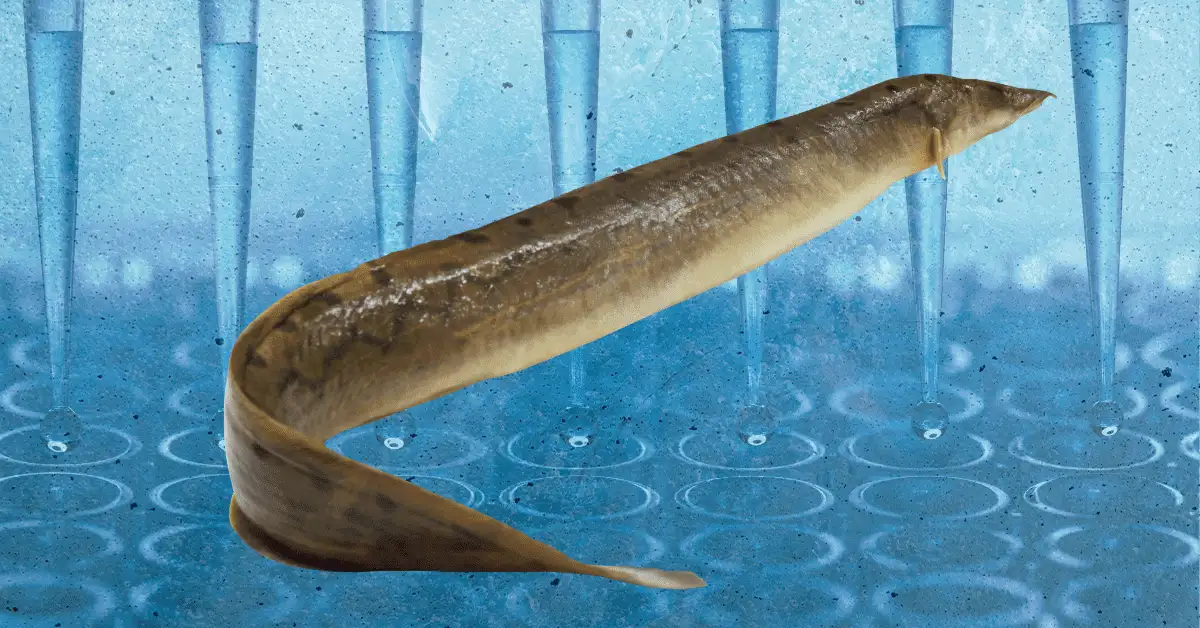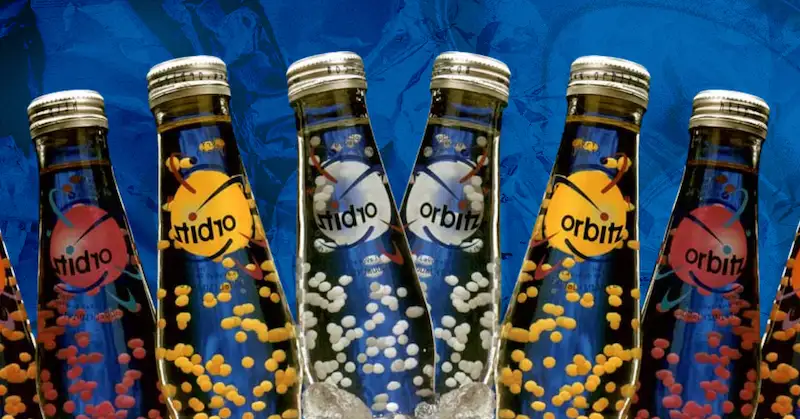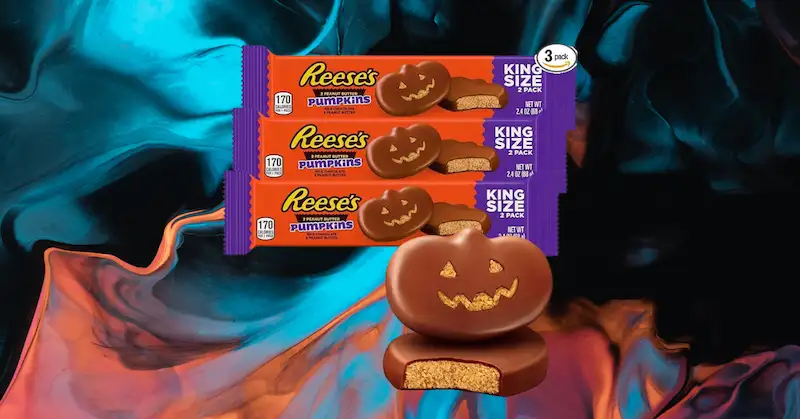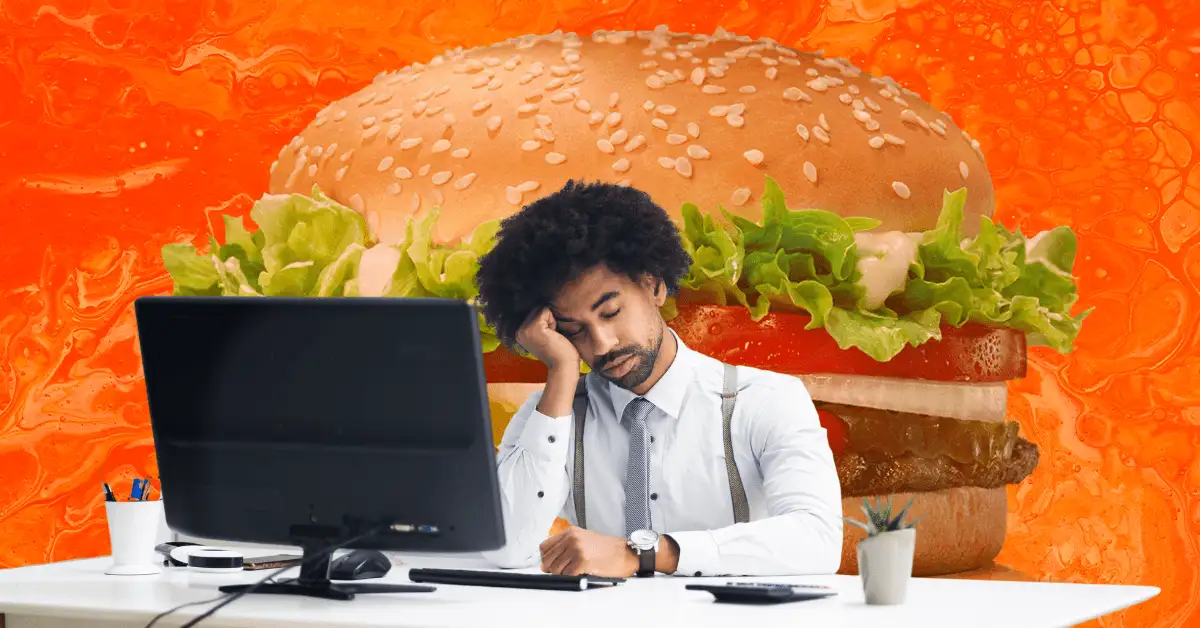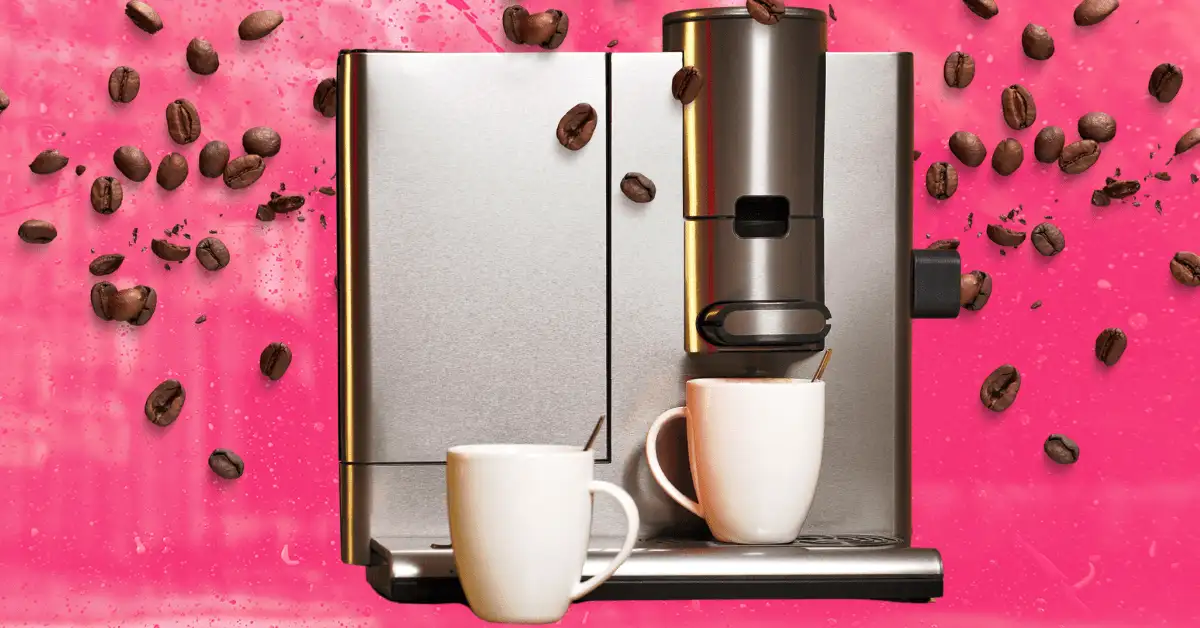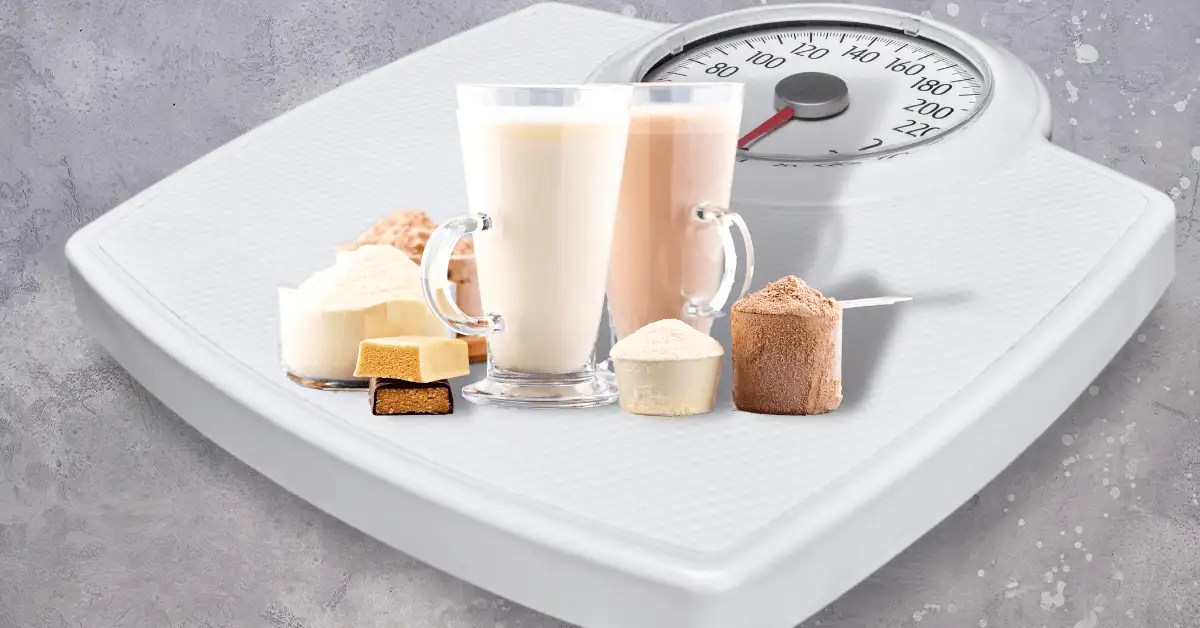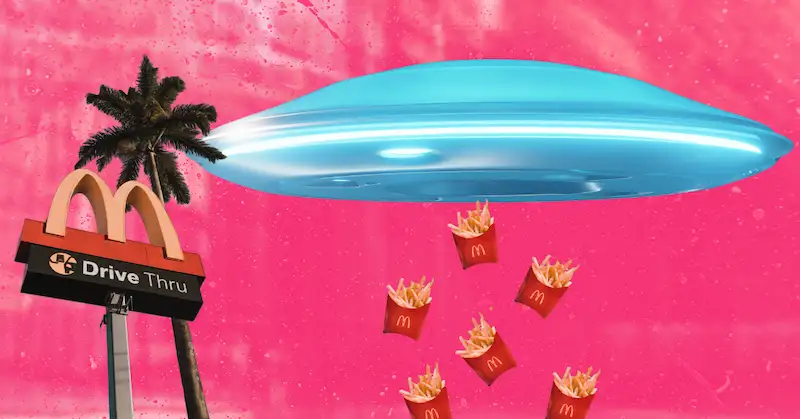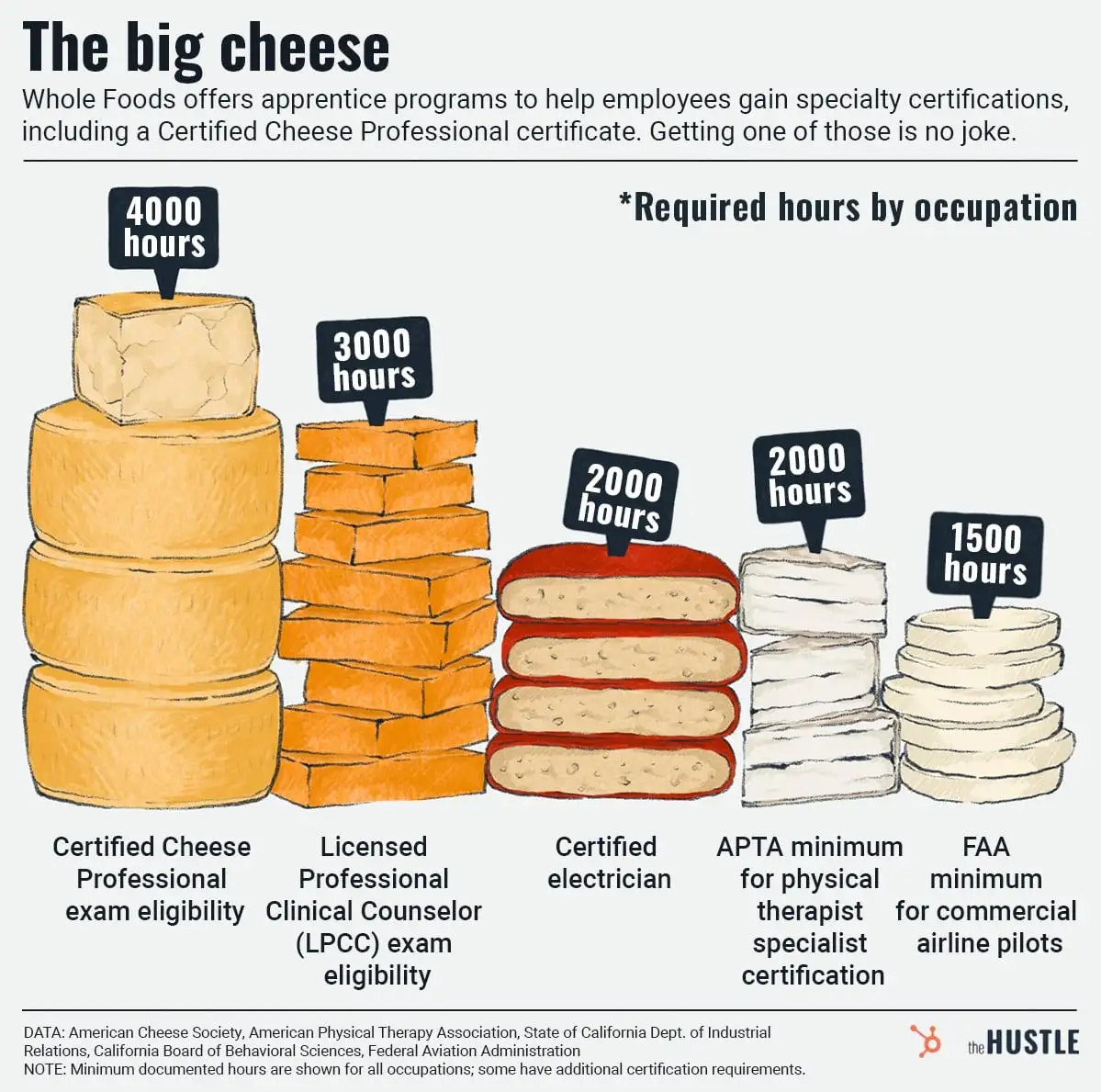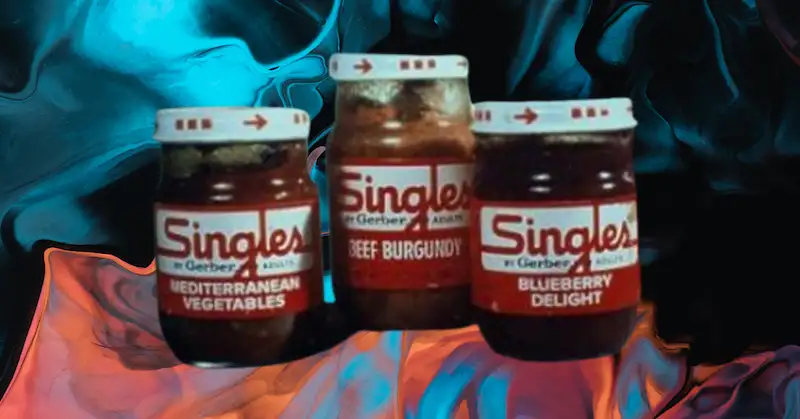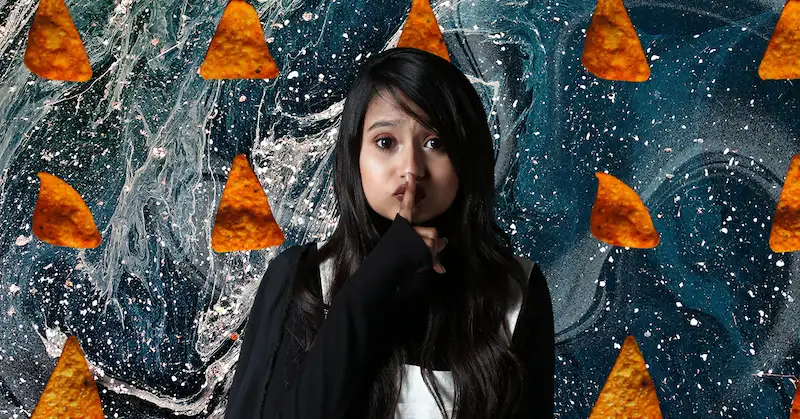In case you thought White Claw Summer ended in 2019, it’s only just begun.

Sales of hard seltzer shot up to $4B in 2020 compared to $500m in 2018, per The New York Times.
Big at bars and at home
Hard seltzer sales increased by 73% at bars and restaurants in 2019, according to NielsenIQ. But even as those venues closed amid the pandemic, retail sales surged in 2020.
Analysts told the NYT they predict sales will bubble up to $8B+ in the next 4 years.
Why do people love fizzy adult water so much?
- Seltzers are seen as “healthier” because they have less sugar and fewer calories than beer, wine, and cocktails
- You can mix them with other beverages
- They’re generally low-ABV (5%), which reflects the changing drinking culture
- Unlike the much-maligned Zima, hard seltzer appeals to all genders
- They’re insanely meme-able — “ain’t no laws when you’re drinking Claws” (unfortunately, not true)
The top-reigning seltzer champs…
… are currently Mark Anthony Brands’ White Claw and Boston Beer Company’s Truly, accounting for ~70% of the market.
But new challengers are popping up everywhere:
- Michelob Ultra launched an 80-calorie organic seltzer
- Coca-Cola and Molson Coors Beverage teamed up to debut a hard seltzer Topo Chico
- E&J Gallo Winery’s High Noon entered the market as the first brand to use vodka instead of malt liquor
- Even PBR got in the game, though its “Stronger Seltzer” is 8% ABV
The worst seltzer? Probably this Four Loko that comes in at 12% ABV.
Want more insights on the hard seltzer market? Check out this 5-slide deck that Trends contributor Alex Moskov wrote in 2019.

